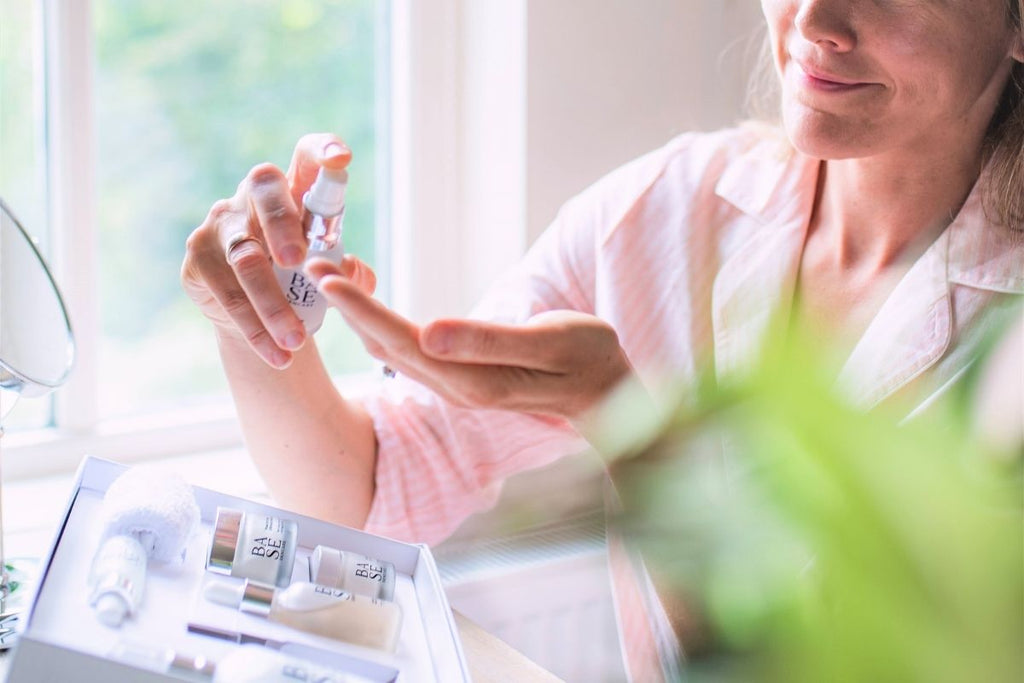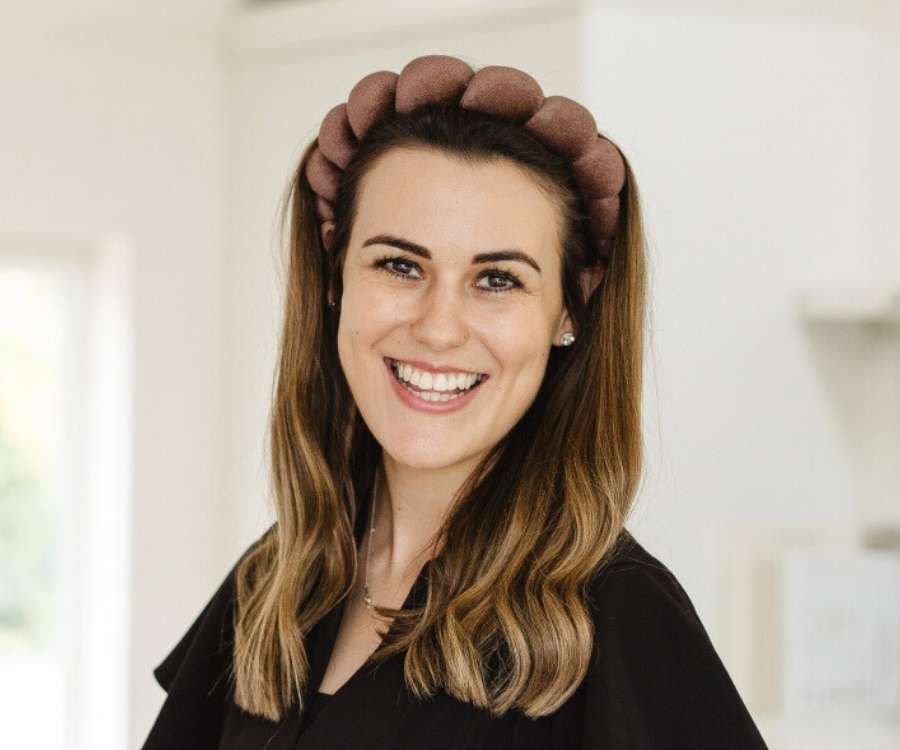Today I wanted to talk about one of the most asked about topics currently in my inbox…Pigmentation. It affects most people in one way or another and is quite a complex area of the skincare world.
So, I’m going to break it down and simplify things as much as possible, so you can gather a greater understanding of this concern and how to treat it…. Are we ready?
So, what actually is pigmentation?
Our skin gets its colour from a pigment called melanin which is found in the deepest layer of our skin. Our genetics determine the skin colour we’re born with, however there are many factors that can alter our melanin production throughout our lives. This can lead to darker or lighter patches of skin across our body, which in medical terms is labelled ‘pigmentation’.
Why do we get pigmentation?
Many people believe that ALL pigmentation is caused by over-exposure to the sun. However, whilst this is true for most forms, it’s not accurate in all cases. So, to effectively answer the question above, we need to discover the different types of pigmentation and the individual triggers behind them.
What are the different types of pigmentation?
As this is our first venture into this topic together, I’m going to begin by talking about the 3 main types of pigmentation concerns I’m asked most frequently. If you suffer with hyperpigmentation (darker patches), you’ll likely fall into one of these categories anyway.
#1. Sun Damage (Solar Lentigines)
This is the most common form of pigmentation and is caused purely by too much sun. It can happen if you’ve been sunbathing without protection, using sunbeds or when general exposure accumulates over time, even if you haven’t been burnt before.
This type of pigmentation usually shows up as defined, round blobs which you may have heard described as sunspots, age spots or liver spots. Either way, they describe exactly the same thing. These spots or darker patches of skin can affect you from head to toe, although are often located on exposed areas such as the hands, face and scalps of men.
They tend to begin appearing in our 30s and 40s, but this doesn’t mean the spots are new. The skin damage will have occurred in the years before but begins to reach the surface during these decades.

#2. Melasma
This type of pigmentation is not caused by the sun. Instead, it’s triggered by our hormones which stimulates an over-production of melanin. Melasma usually affects the cheeks, forehead, nose and upper lip and is almost symmetrical on both sides of your face. The dark patches appear more as larger splotches in concentrated areas rather than defined, circular spots.
As it’s caused by hormonal fluctuations, it mainly appears in women, particularly after times of hormonal imbalance such as pregnancy, menopause or contraception changes. For this reason, you may hear it referred to as pregnancy mask and it tends to settle naturally as the hormonal fluctuations subside.
Although the sun doesn’t cause this condition, it can most certainly exaggerate it and sometimes, even heat is enough to make it appear more prominent.

#3. Post-Inflammatory Hyperpigmentation
This type of pigmentation is usually the result of some sort of skin trauma such as acne, burns, injuries or overly aggressive skin treatments. It can sometimes appear with a red tinge, and you’ll be able to pinpoint exactly what caused it. Thankfully, this type of pigmentation generally improves with time, although can take up to 2 years to fully heal.

How do I treat pigmentation?
This is the million-dollar question! Whilst there are many treatments available, pigmentation is notoriously one of the most stubborn conditions to treat.
When it comes to treating pigmentation at home, it will be no surprise that prevention is key! The best thing you can do to protect against pigmentation is use a Vitamin C serum like our Super Serum every single morning and layer BASE Protection – SPF 50 on top…. They’re a marriage made in pigment-prevention heaven!
If you’ve already got pigmentation you’d like to treat, incorporating active ingredients such as Retinol, AHAs and Niacinamide is going to be game-changing. They all work to fade hyperpigmentation by increasing cell turnover and balancing melanin production. All the ingredients mentioned can be found in our Proactive Age Kit for this very reason.
If you feel that your pigmentation may be more on the severe side, it’s always worth seeing a qualified skin expert in person so they can officially confirm the type you have. There are numerous treatments available from skin peels to IPL and lasers and the appropriate one will be selected based on the type you present.

I know that this was more of a complex blog tonight so if you’ve got any questions at all, please know my inbox is always open and I’m more than happy to help!
Amy x









